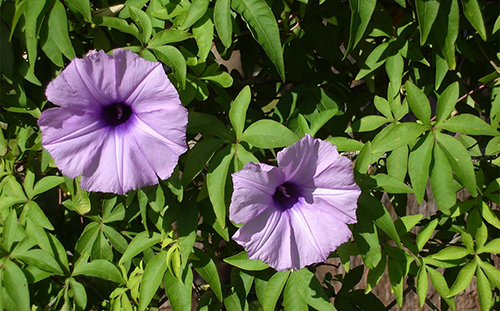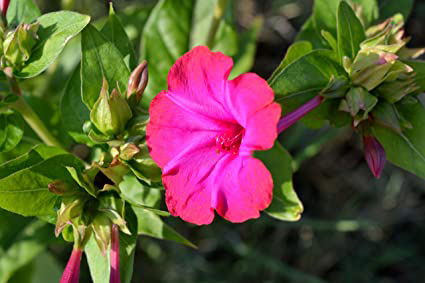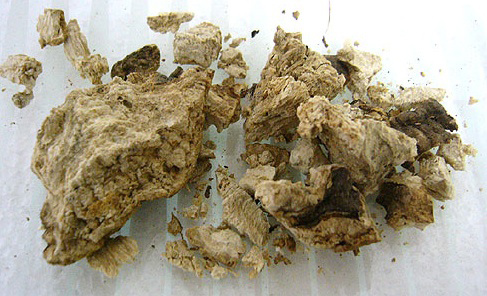Contents
Native Mexicans used the jalap plant as a laxative, and Spanish conquistadors introduced it to Spain, spreading it all over Europe.

Healing Properties and Warning
The jalap root contains several carbohydrates and two glycosides, jalapine and convolvuline, which are active components. It has an intense purgative action that is well tolerated and does not cause colic in low doses. Jalap is recommended when drastic action has to be exerted on the intestine. It does not taste foul and has vermifuge and emmenagogue (stimulates menstruation) properties.
WARNING! Never take this plant for colitis (inflammation of the intestine), nor during pregnancy.

Four O’clock
Another jalap species, four o’clock, or the marvel of Peru, grows in Central America and has been naturalized to Europe. Like the jalap’s root, it has purgative properties, and the usual dose is 2-4 g of root powder.
Jalap Plant Scientific Facts
- Scientific synonym: Convolvulus Jalapa L.
- French: Jalape.
- Spanish: Jalapa.
- Environment: Native to Mexico, and more specifically to Veracruz, it takes its name from the capital city of this Mexican state: Jalapa Enriquez. It does not grow in Europe.
- Description: This is a climbing plant of the Convolvulaceae family whose stem grows sticking and twisted to other plants. It has large red or pink flowers that grow from the leaf axiles. The root is a round tuber filled with a milky, resinous juice.
- Parts of the plant used medicinally: The root.

How to use Jalap
- Root powder. The recommended dose is 1-2 g dissolved in half a glass of hot water, sweetened with 1-2 spoonfuls of brown sugar or honey. The dosage for children is 50 mg (0.05 g) per kg of weight.
DISCLAIMER: All content on this website is presented solely for educational and informational objectives. Do not rely on the information provided as a replacement for advice, diagnosis, or treatment from a qualified medical expert. If you are pregnant, nursing, or have any preexisting medical concerns, talk to your doctor before using any herbal or natural medicines.
REFERENCES
- George D. Pamplona-Roger, M.D. “Encyclopedia of Medicinal Plants.” George D. Pamplona-Roger, M.D. Encyclopedia of Medicinal Plants. Ed. Francesc X. Gelabert. vols. 2 San Fernando de Henares: Editorial Safeliz, 2000. 499. Print.[jalap plant]
- Natural Medicines Comprehensive Database – https://naturalmedicines.therapeuticresearch.com/databases/food,-herbs-supplements/professional.aspx?productid=1273
